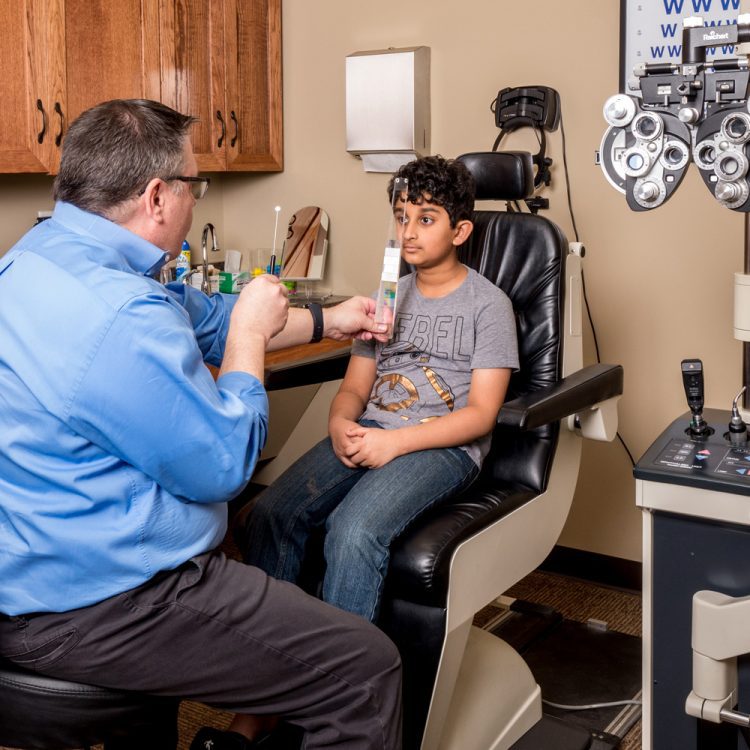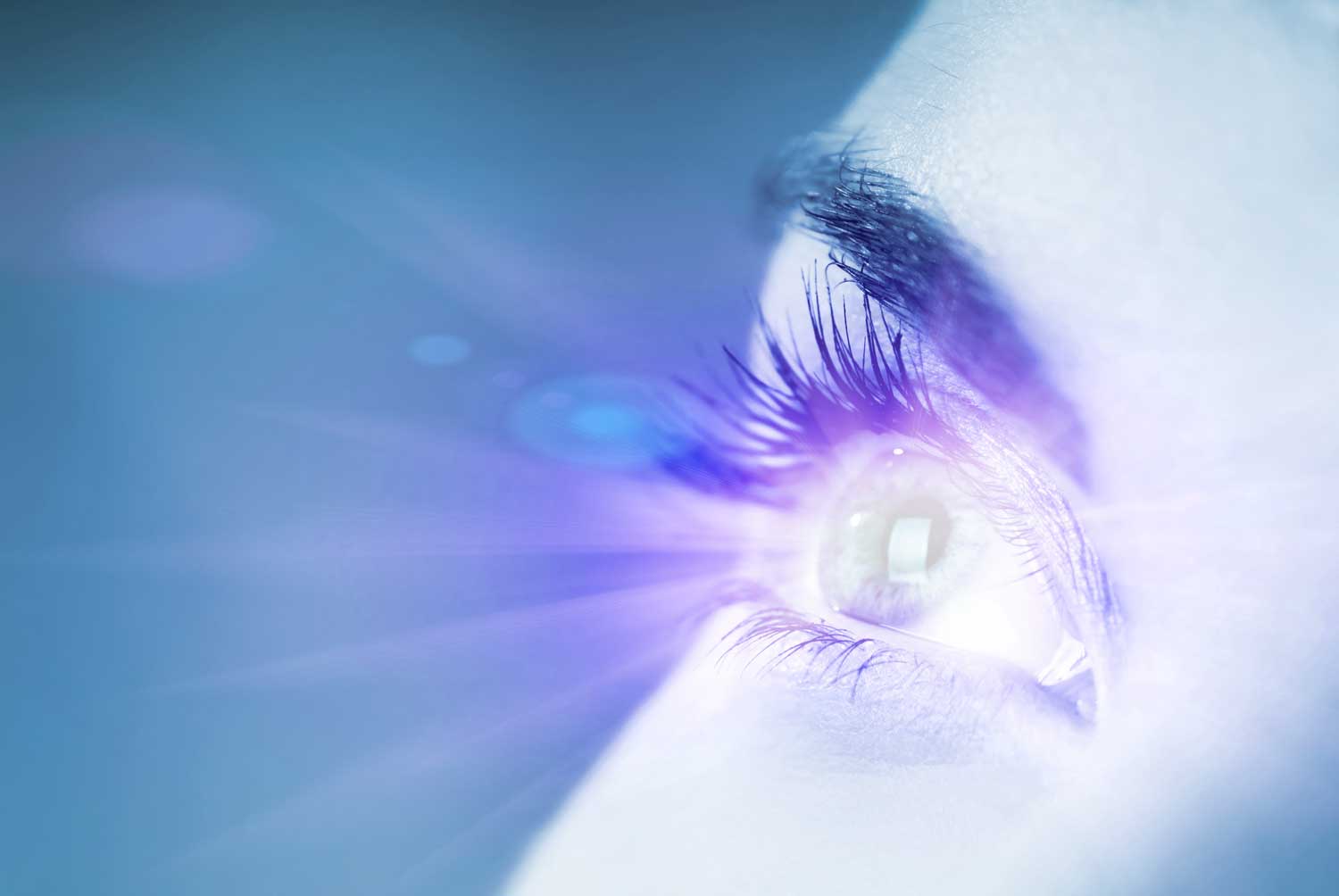What is Vision Therapy
VISION THERAPY: (also known as vision training, visual training, visual therapy, eye training, behavioral optometry or neuro-developmental vision rehabilitation): can be described as physical therapy for the visual system which includes the brain and eyes. Through a series of progressive therapeutic procedures (eye exercises), patients develop or recover normal visual skills.
Vision therapy is remarkably successful in rehabilitating all types of binocular vision impairments including amblyopia (lazy eye), strabismus, esotropia, exotropia, hyperphoria, or many others. In regards to the development or recovery of binocular vision, Vision Therapy is much more successful than surgery or glasses alone.




Sports Vision
Sports vision therapy aims to reduce the risk of injury and to improve the eye function of athletes by enhancing both visual perceptual skills and visual motor skills. Using visual acuity tests and corrective eyewear to modify vision, Dr. Martin also enhances the function of athletes' eyes using vision therapy treatments to better develop motor skills and cognitive perception of visual information.
Visual Rehabilitation
When visual impairment results in functional limitations of everyday abilities, neuro-optometric rehabilitation can help restore these abilities. An individualized rehabilitation plan can be effective for:
- Post-Concussive Vision Syndrome – occurs when symptoms such as impaired eye-body coordination, double vision, difficulty coordinating visual and auditory information, poor visual attention, or loss of vision from a portion of the visual field persist after experiencing a concussion, which is a direct impact injury to the brainTraumatic Injury - may occur following a motor vehicle accident or other source of trauma to the eyes or brain and can result in a variety of vision problems.
- Traumatic Injury - may occur following a motor vehicle accident or other source of trauma to the eyes or brain and can result in a variety of vision problems
- Special Needs - Children and adults with autism spectrum disorders, Down Syndrome, Fragile X syndrome, premature birth, and certain genetic conditions are at a higher risk of experiencing difficulty focusing, tracking objects, sustaining attention to visual information, or coordinating visual stimuli with movements.


Syntonics
Also known as Optometric Phototherapy, Syntonics is an advanced form of light therapy in which various colored lights are used to target and correct a variety of vision problems such as strabismus, amblyopia, visual attention deficit, constricted visual field or convergence issues. Studies have found that applying light to the regions of the brain that are responsible for the body’s hormonal and chemical balance, as well as visual function, can help restore balance in the body and improve vision problems.
Syntonic phototherapy is one of today’s most advanced scientific forms of light therapy and our own Dr. Santoyo-Johnson has received her fellowship from the College of Syntonic Optometry and is the only optometrist in Aurora with this prestigious distinction.
Computer Vision Treatment
Our increased use of computers in almost every aspect of our lives requires our eyes to read a computer screen. This significant and increased amount of time has led the field of optometry to recognize and identify a visual and upper body muscular disorder now known as Computer Vision Syndrome.
Symptoms may include eye strain or “tired eyes”, headaches after working with computers, blurry vision, dry eyes, neck and shoulder pain or worsening of existing eye disorders such as farsightedness, astigmatism or presbyopia. We offer a variety of treatment options, as well as suggestions for ways to avoid developing Computer Vision Syndrome.




Binocular Vision & 3D
Binocular vision impairments often result in partial or total loss of stereoscopic vision and binocular depth perception. These binocular vision impairments are sometimes detected because both eyes are not aiming in the same direction. However, a turning or straying of the eyes is not ALWAYS consistently present with these impairments, so early examinations offer the best chance of detection.
CONTACT US TODAY.
